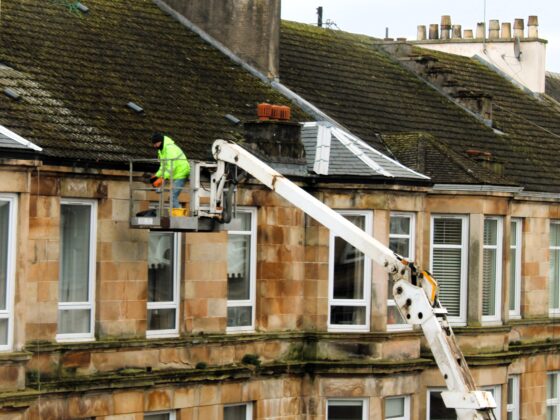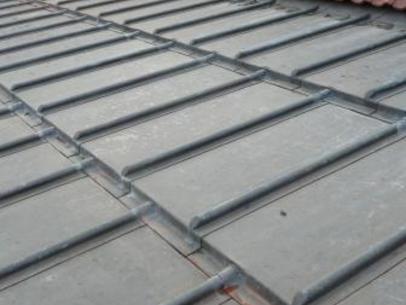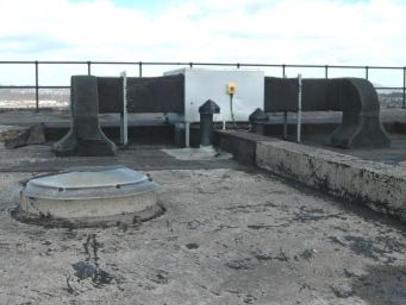Drainpipes, originally made of cast iron, are connected to the gutter with an offset or hopper. You may also hear them called downpipes, conductors, and rhone pipes.
The pipe lengths are fixed to the wall with ‘holderbatts’. Removable access plates (rodding eyes) are usually provided at low level and at bends, to allow the pipe to be opened up and unblocked. The drainpipe may run directly into the main drainage system.
If the drainpipe runs into a combined foul and surface water drainage system, you will need a gulley trap to prevent nasty smells escaping. Some drains may run to a soakaway, if they only carry rainwater. The underground pipework may also have rodding eyes on the surface to allow blockages to be cleared.
Problems
- lack of painting to rear of pipe can lead to corrosion and leaks
- corrosion from inside
- owners breaking into pipes to fit sink and bath outflows
- overflowing pipes too small to cope with rainstorms (an increasing problem due to climate change)
- some rainwater drains have horizontal runs, which can be hard to unblock
 Leaking downpipe. Caused by downpipe being broken into to connect plastic drain.
Leaking downpipe. Caused by downpipe being broken into to connect plastic drain.
 Drainpipe leaking from crack at back. Note staining and vegetation on wall.
Drainpipe leaking from crack at back. Note staining and vegetation on wall.
Internal drainpipes
Many properties are designed with internal drainpipes at the front of properties. It may be difficult to locate leaks in these pipes (poor sealing of joints is often the cause) and repairs can cause damage to internal finishes and decorations. It may be possible to re-line these pipes with a resin lining material. Architects have mixed experiences of this type of relining, but it may save expensive internal disruption.
 Internal drainpipe.
Internal drainpipe.
Maintenance
Remove rust and paint from external cast iron every five years.
Replacements
Cast iron lasts a lot longer than plastic and may be required in conservation areas and listed buildings. You should at least replace the bottom section of any drainpipe in the more robust cast iron, even if you have plastic/PVC above.
 Single drainpipe for two roofs. Hopper overflowing leading to staining, wet walls, and possibly rot.
Single drainpipe for two roofs. Hopper overflowing leading to staining, wet walls, and possibly rot.
Professional help recommended?
Although the work may appear straightforward, ensure your builder or tradespeople have the skills for the job. If in any doubt, get professional help to specify and organise the repair.
Who pays?
These are normally common or mutual repairs.
Further information




